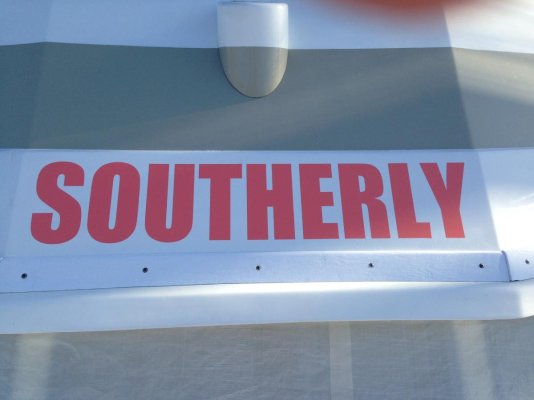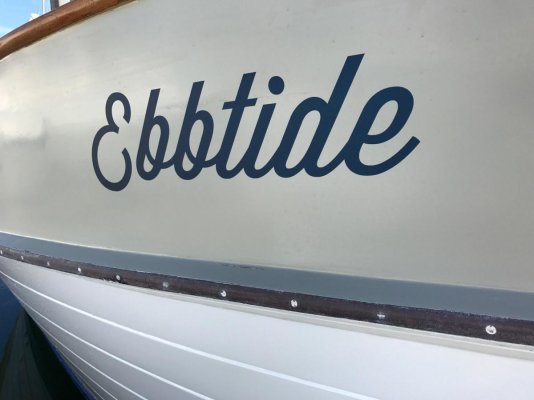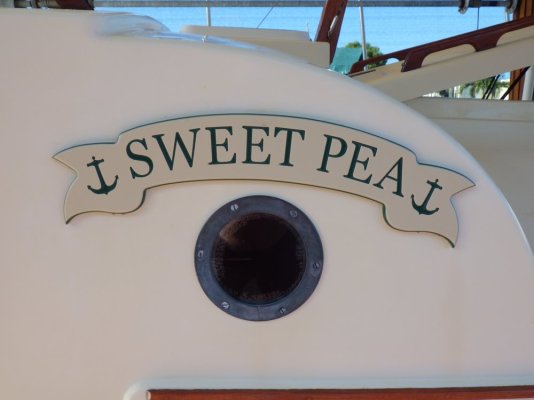firstbase
Guru
- Joined
- Nov 6, 2016
- Messages
- 1,644
- Location
- United States
- Vessel Name
- Black Eyed Susan
- Vessel Make
- Grand Banks 42' Classic
Is it necessary to varnish the back side of a name board? Just go around the corners and be done with it as it won't be seen? Seems to me that the variation in moisture absorption might reek some havoc on the board...

 . Apart from that the varnish will lift from the bare wood first and track to the front in a year or 2
. Apart from that the varnish will lift from the bare wood first and track to the front in a year or 2

